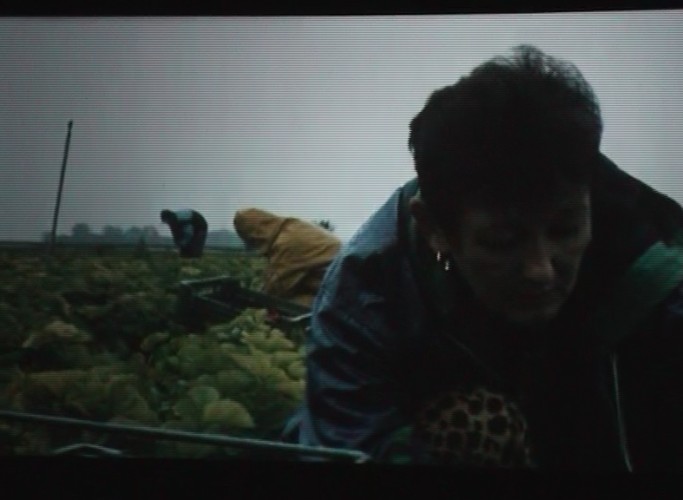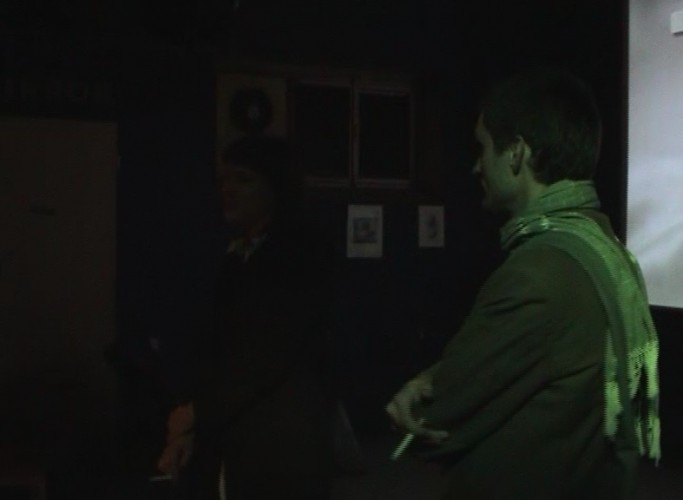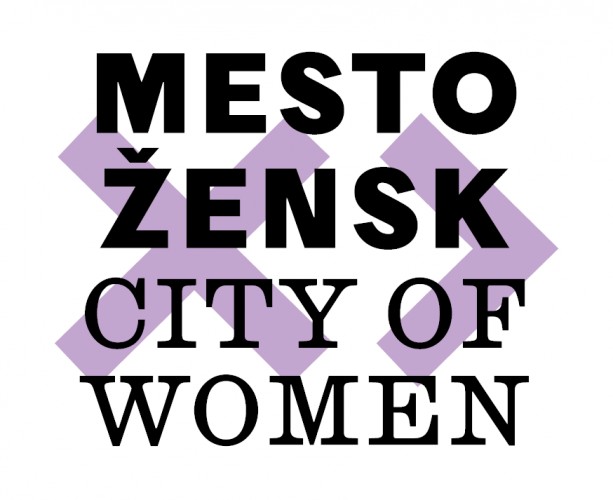Austria, 2003, 35mm, colour, 74'
The first words heard in the film are: "I feel a yearning to die..." On the next bed an old lady is seen passively observing the scene. Struggle, by Ruth Mader, is a film about surviving. As if created on a drafting board, the film represents an immediately visible truth: to be alive is to make money in order to survive. It is immaterial to the young Pole, Ewa, how she earns her money. Four jobs, four places of work: a strawberry field, a turkey processing plant, and two manual cleaning tasks. A young man of the house where she is cleaning the swimming pool delivers her a snack and carefully places it at a safe distance, politely informing her that the lady of the house has entitled her to a short rest. There is no communication with anyone, not on the strawberry field, not with those who wait with her at dawn on the shoulder of the road to be picked up for work. Nor is there any explicit unpleasantness. Job exploitation on the street maintains respectable boundaries; there is no molestation, except in an attempted police roundup. Ewa narrowly escapes a desperate chase across a field, after which she collapses in sobs. Initially, the cinematic approach seems to be intensely sensual and documentary. It is as if one could feel the fingers working in the strawberry fields, identify with the monotonous motions of turkey gutting. It is, however, more than that. It is almost a fictitious, a virtual documentary approach. The working conditions are choreographed and shot as in a huge melodrama. The scenes of the strawberry pickers are of staggering intensity. We see human figures against a backdrop of an expanse of earth, we see the precise movements of plucking; blue plastic and a green landscape; groups of two or sometimes three all placed in a picturesque focal point of action in close-ups contrasted with long shots of low hanging clouds. The eye reposes in this space, while the fatigue of the workers is almost physically experienced. At the same time, the film documents this labour, with its alien nature and improvised living conditions. It also evokes associations of classic photography, that of Francois-Millet, and Walker Evans, specifically, and of the American depression in general. People stand, sit, work in groups, but are at the same time alone. This is a graphic depiction, devoid of contrived drama. We realise that none of the motions and gestures of work can be packaged in a narrative context of development or satisfaction. Only these utilitarian, repetitive movements are relevant; they provide remuneration at the end of the day. All activity is interchangeable. In the second part of the film the perspective changes from the transparent situation of the young Polish woman to the face of a local real estate agent who wanders through empty buildings. The verbal exchange is perfunctory professional jargon. But there is still no communication. Conversations between father and daughter are trivial and mechanical. "Do you love your daddy?" "Sort of." Lonely meals are taken in emotionally void empty spaces. There is male small talk with a fellow businessman about sexual exploits. The younger of the two proposes a demeaning lascivious ritual. It is not apparent which is the most moving scene in the movie. But perhaps it is this one, in which a man is ready to submit himself to a hanging ceremony in order to experience a genuine sensation or merely to prove that he is fearless: "I yearn to die." We are witness to the ultimate vulnerability of his body, at the threshold of pain. It is, however, seen with the detached camera's view of an eyewitness, from a distance, as if viewing a forbidden religious rite. Even in a sex club, distance is maintained by remote peep holes, as from a reversed telescope. Eroticism, tenderness, and touch remain out of reach. What makes this film unique is that it combines mesmerising depth perception with immaculately choreographed images in an attempt to portray a phenomenon as prosaic and touching as naked survival in an emotional no-man's-land, while songs on a car radio stubbornly conjure up a world of love and joy. A marvellous film about survival. In would-be simple, but, in fact, exquisitely defined images, with intricate nuances of colour, and a complex panorama of sound, the film encompasses everything a film should: work, love, death.
Birgit Flos



